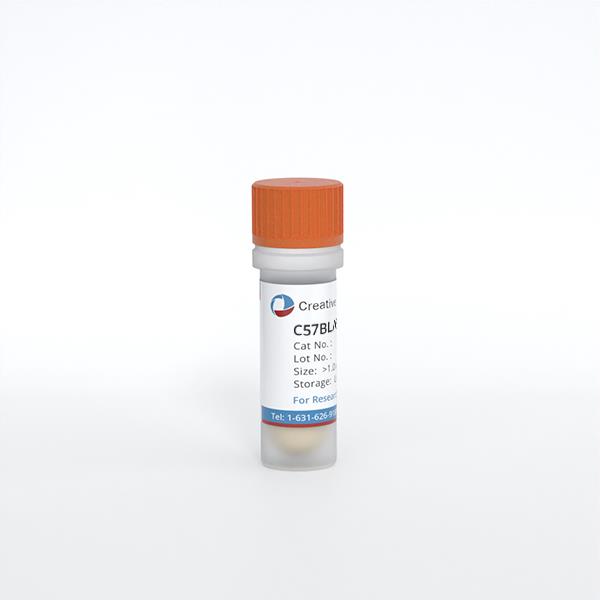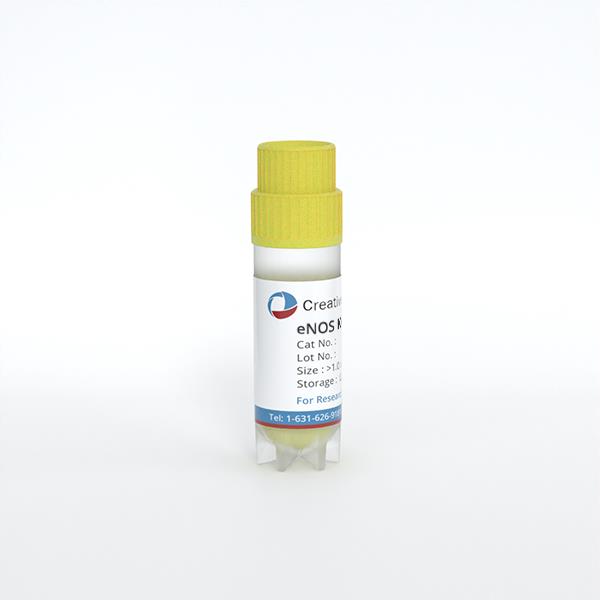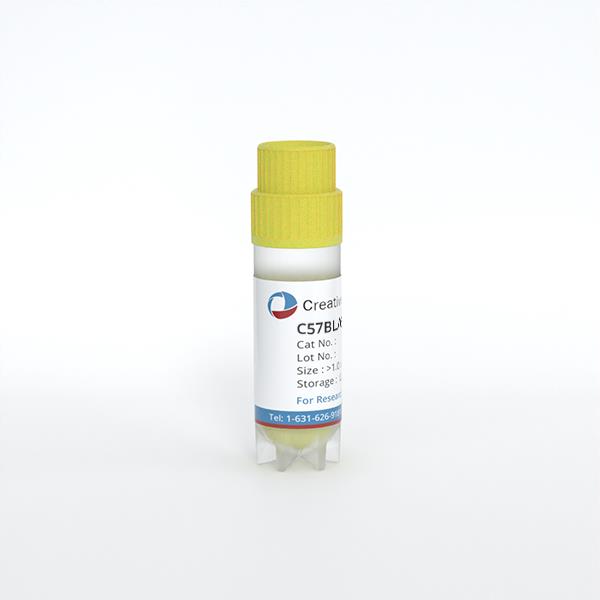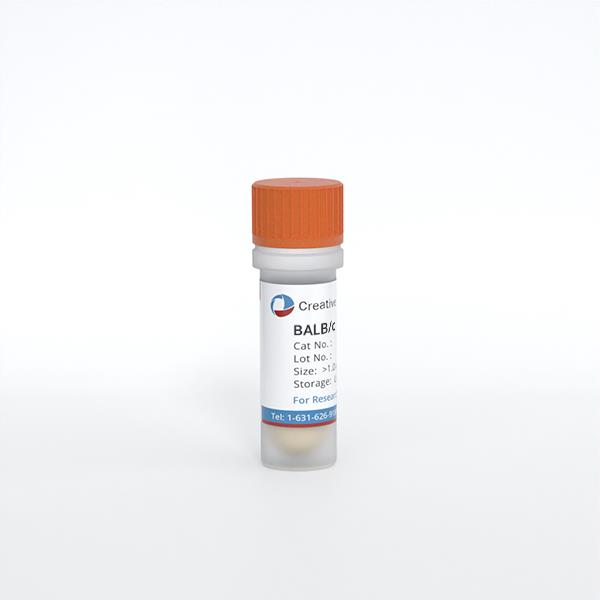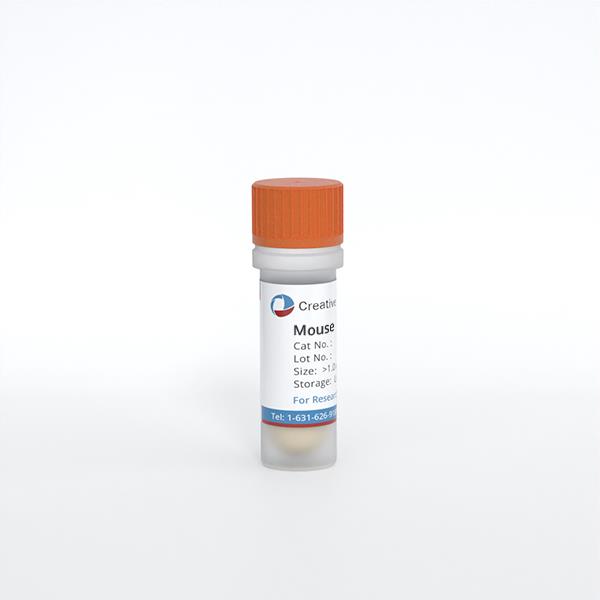
Mouse Extrahepatic Bile Duct Epithelial Cells
Cat.No.: CSC-C5309S
Species: Mouse
Source: Bile Duct
Cell Type: Epithelial Cell; Cholangiocyte
- Specification
- Q & A
- Customer Review
Cat.No.
CSC-C5309S
Description
The extrahepatic bile ducts are part of a network of ducts that carry bile from the liver and gallbladder to the small intestine. Common clinical bile duct lesions such as biliary atresia, congenital choledochal cyst, primary sclerosing cholangitis, etc., all target bile duct epithelial cells and cause bile duct epithelial damage.
Mouse extrahepatic bile duct epithelial cells from Creative Bioarray are isolated from the mouse bile duct tissue. The method we use to isolate mouse extrahepatic bile duct epithelial cells was developed based on a combination of established and our proprietary methods. The mouse extrahepatic bile duct epithelial cells are characterized by immunofluorescence with antibodies specific to pan-cytokeratin (PCK). Each vial contains 0.5x10^6 cells per ml and is delivered frozen.
Mouse extrahepatic bile duct epithelial cells from Creative Bioarray are isolated from the mouse bile duct tissue. The method we use to isolate mouse extrahepatic bile duct epithelial cells was developed based on a combination of established and our proprietary methods. The mouse extrahepatic bile duct epithelial cells are characterized by immunofluorescence with antibodies specific to pan-cytokeratin (PCK). Each vial contains 0.5x10^6 cells per ml and is delivered frozen.
Species
Mouse
Source
Bile Duct
Recommended Medium
Cell Type
Epithelial Cell; Cholangiocyte
Disease
Normal
Quality Control
Mouse Extrahepatic Bile Duct Epithelial Cells are negative for HIV-1, HBV, HCV, mycoplasma, bacteria, yeast and fungi.
Storage and Shipping
Creative Bioarray ships frozen cells on dry ice. On receipt, immediately transfer frozen cells to liquid nitrogen (-180 °C) until ready for experimental use. Never can cells be kept at -20 °C.
Citation Guidance
If you use this products in your scientific publication, it should be cited in the publication as: Creative Bioarray cat no.
If your paper has been published, please click here
to submit the PubMed ID of your paper to get a coupon.
Ask a Question
Write your own review
- You May Also Need
Related Products
